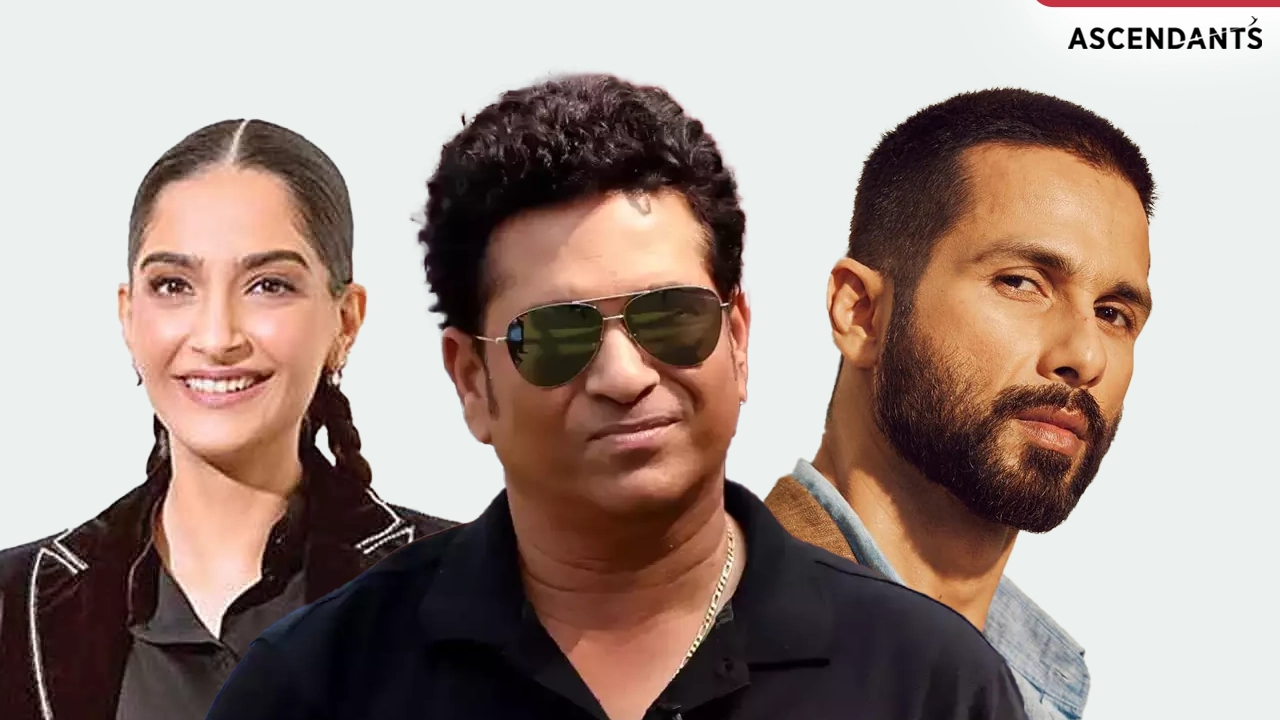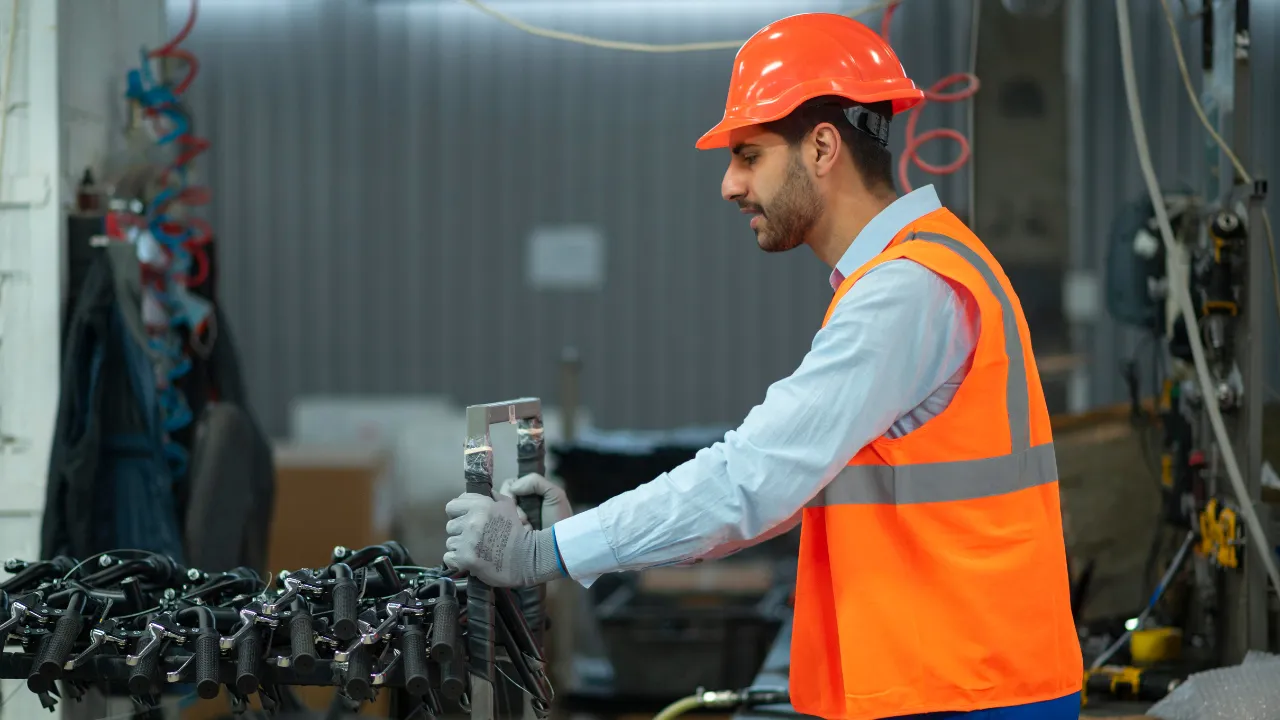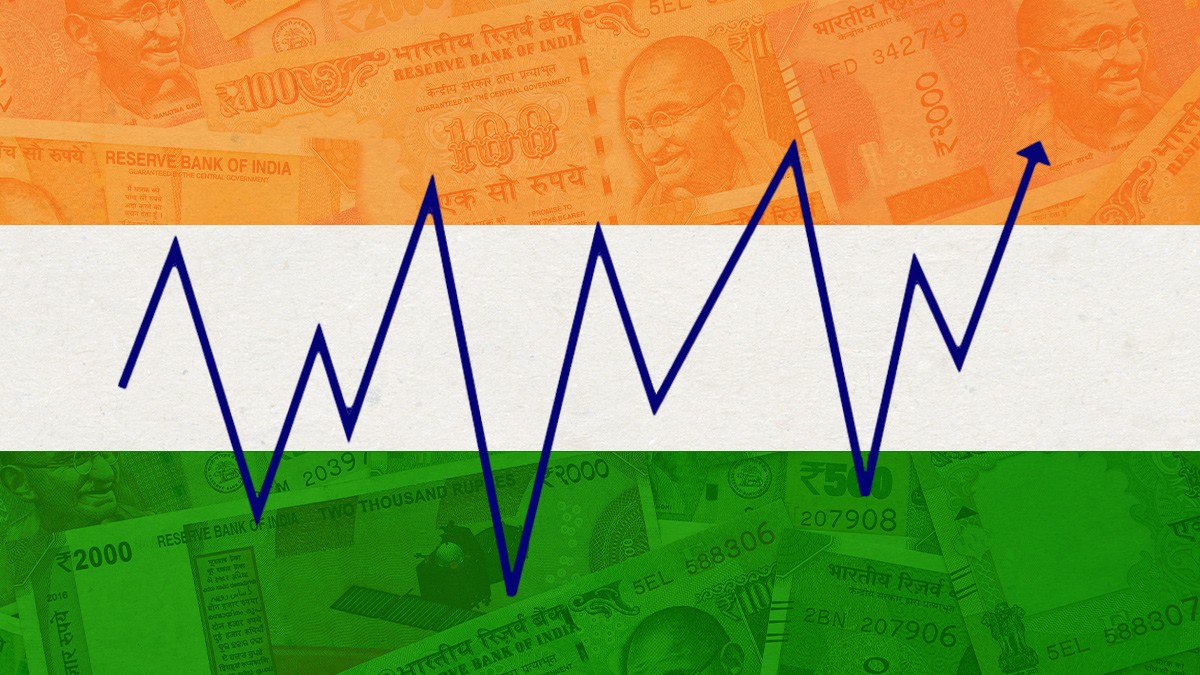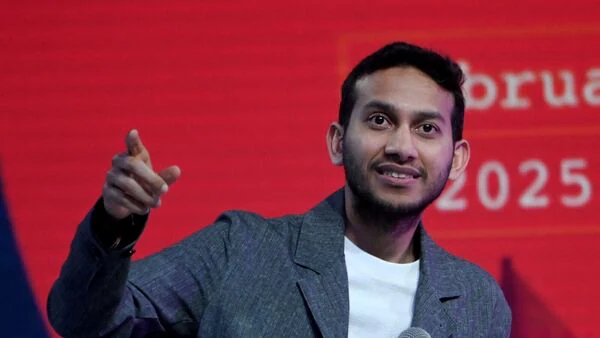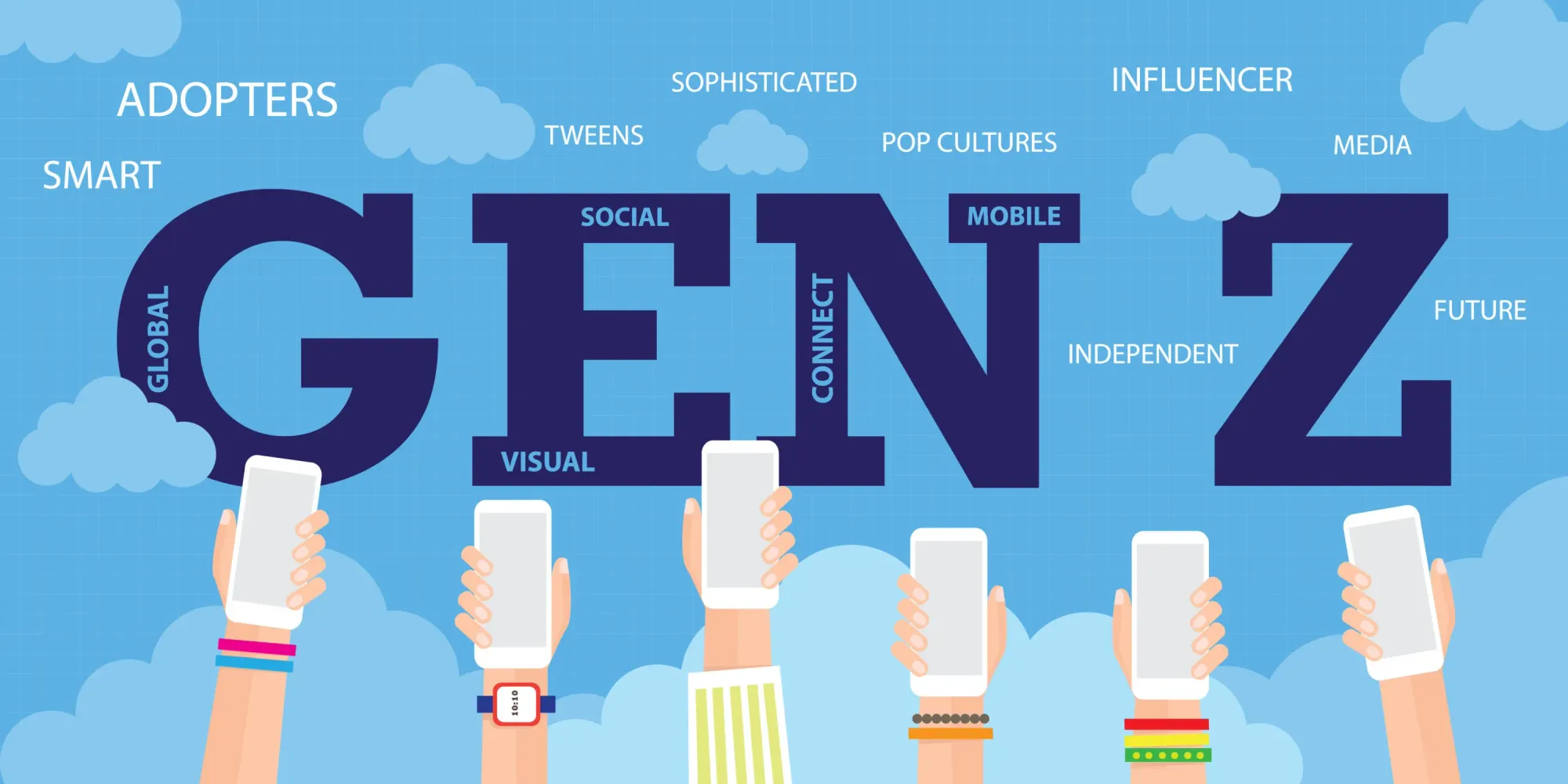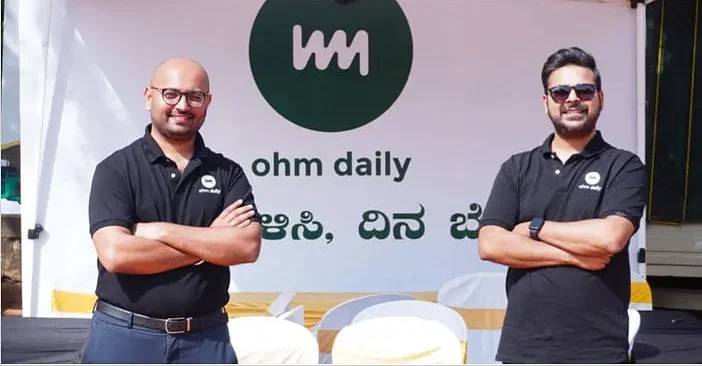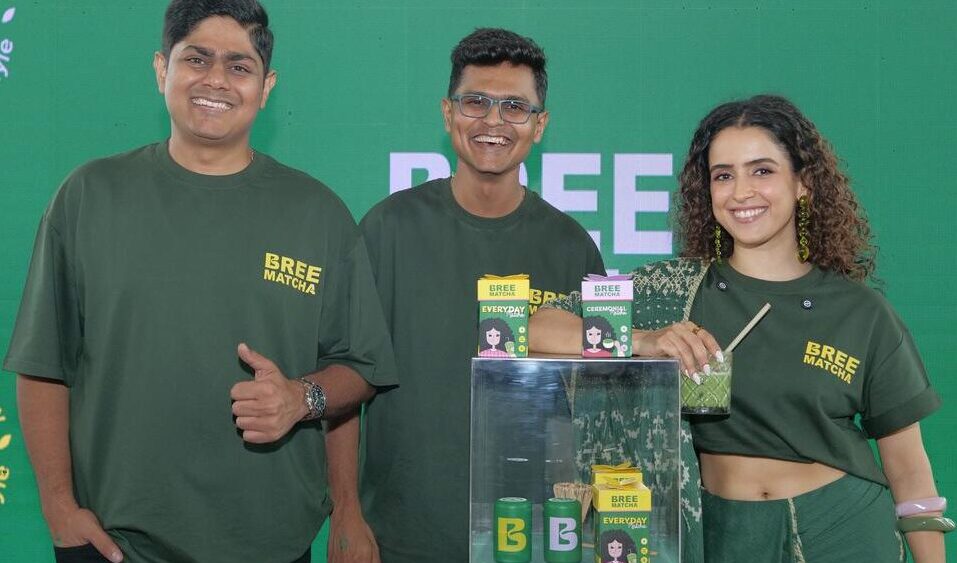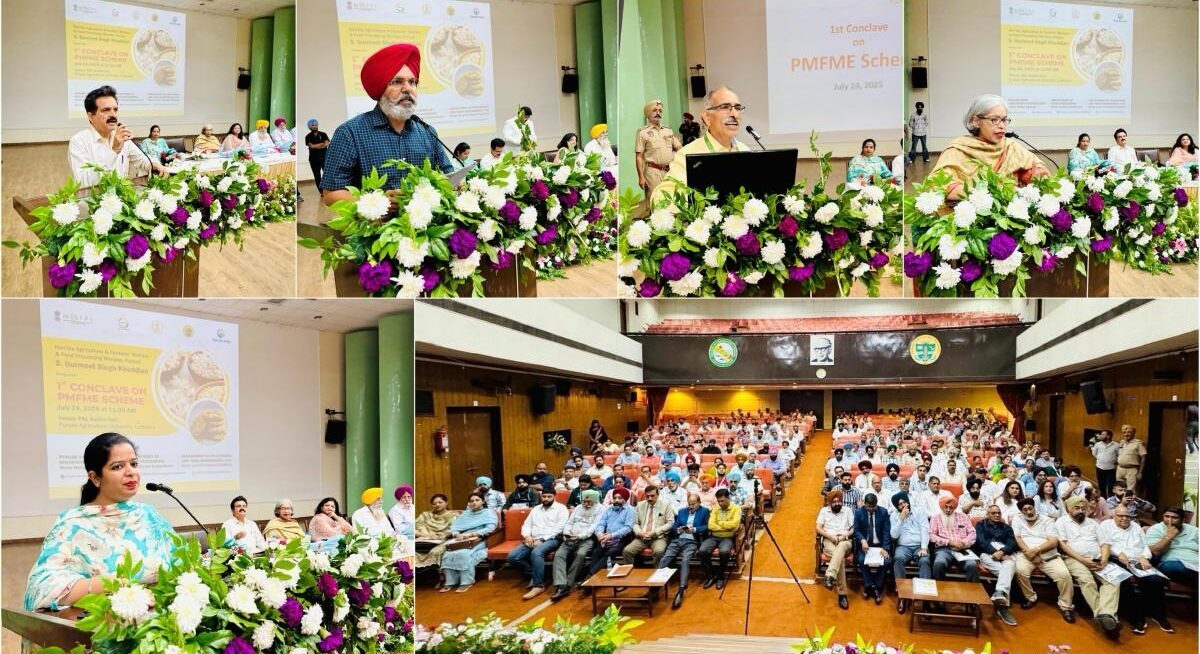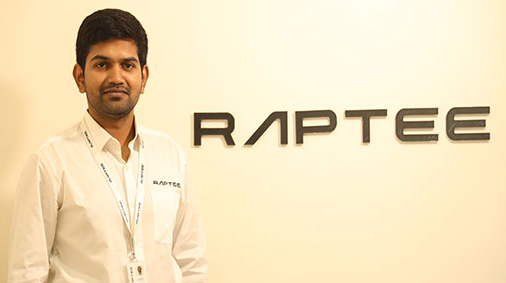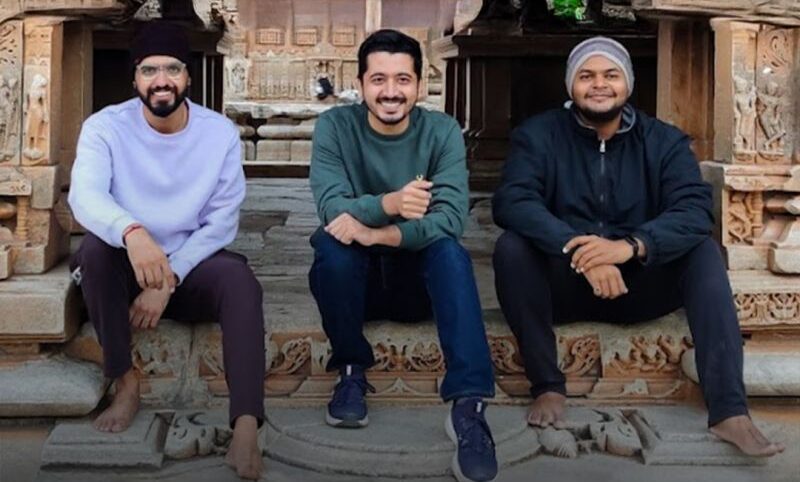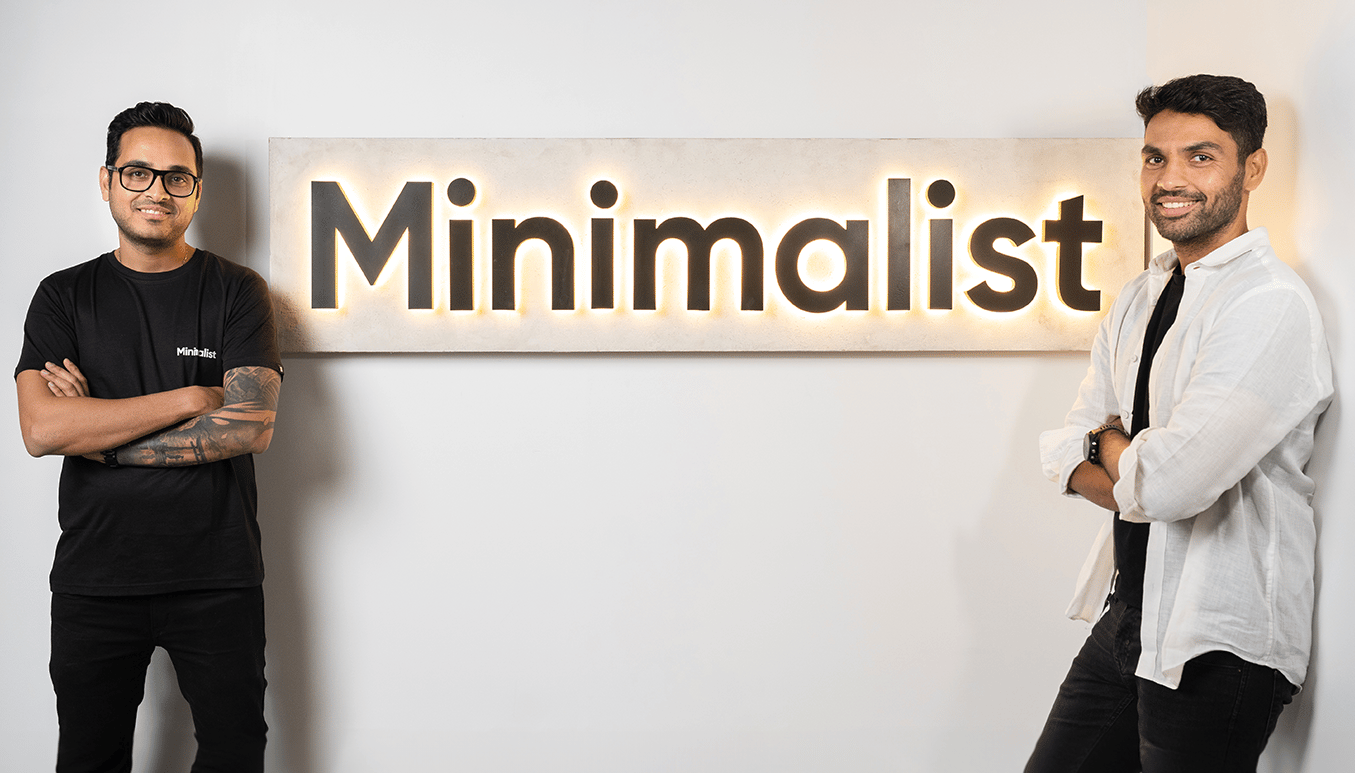Influencers are now ubiquitous. This is especially true since the rise of influencer culture during the COVID-19 pandemic. The pandemic years marked a turning point, transforming influencers into indispensable figures in Indian digital media. Today, they dominate social media platforms, playing key roles in movie promotions, brand ambassadorships, product endorsements, and more. Influencer culture is really paying them well.
But aside from making reels and doing promotions, can these influencers actually scale their own businesses and convince the general public to buy their products?
Influencer-owned brands have been around for a while now, but it’s fair to question whether they are truly doing good or not. While this may not apply to all influencer-led brands, a significant majority have struggled to gain positive traction.
So, why do these brands even fail? Where do they go wrong?
While each influencer brand may have its own specific reasons for failure, here are some generic ones –
- Confusing Followers for Customers : Surely, Influencers have a colossal following on multiple social media apps. Be it Instagram or YouTube. Viewers love to engage with their content and find it entertaining too. But often times, this fan following is confused with seeing the viewers as Potential Buyers. The situation in India is quite opposite of that in the US. People are willing to pay for these brands. Even paying premium is fine by them.
- Lack of Product Development and Research : As soon as the glamour and glitter of the influencer world fade, it ultimately comes down to the product. Now the product must serve a value to the consumers. These products often do not perform well despite the buzz around them and their owner.
- Choosing already saturated market : Influencers often end up choosing a product which has got an established market with a major players already serving a mass audience and apart from the big players, there are already a ton of other players. This also makes the product price sensitive Now, to scale the brand in such saturated market is a indeed a tough job. For instance Mrucha Beauty by Mrunal Panchal or MASIC Beauty by Malvika Sitlani. The Indian Beauty Industry is flooded with beauty products of all kinds. And product campaigning done by such brands is also repetitive and unoriginal, which fails to capture consumer interest.
- They are not solving a real problem : Most of these brands lack in market study. So they end up coming with a generic product. And these products are not really solving any problem for the consumers. Most of the time, there are products with similar features and better prices in the market. So why would the consumers even go for their products?
- Unrealistic Pricing : The Indian Customer is money minded. They are not willing to pay extra even if the product is by their favourite Influencer’s own brand. They need value for their money. These brands often set high prices based on perceived value, but if these prices do not match the quality or uniqueness of the products offered, it can lead to customer dissatisfaction and low sales.
While influencer owned brands are still learning to connect with the customers, brands owned by Bollywood celebrities have done a much better job in establishing a strong connection with their audience.
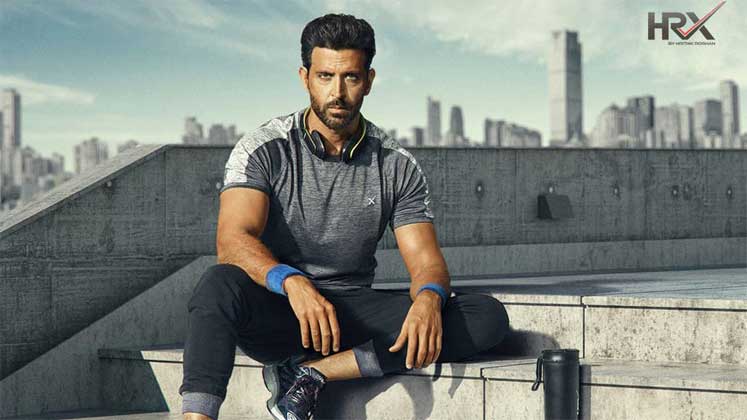
- HRX by Hrithik Roshan : HRX was able to connect with audience as Hrithik Roshan’s personal commitment to fitness resonated with the consumers. So they were able to establish a clear brand identity centered around fitness, empowerment, and community. And they aimed at solving a real problem as PUMA was the only high end athleisure brand. So they made their products affordable and accessible for a broader reach. With all these factors, HRX soon became a leading athleisure brand in the Indian maket
- Kay Beauty by Katrina Kaif : Kay beauty committed to inclusivity. Indian skin tones vary throughout the country. So, they came up with shades that cater to all Indian skin tones. This focus on representation along with top notch quality makes Kay Beauty appealing to a broader audience.Kay Beauty even promotes self-expression and empowerment through its tagline “#ItsKayToBeYou.” This message resonates with consumers, encouraging them to embrace their unique beauty. These factors collectively contribute to Kay Beauty’s success.
ALSO READ : Mushroom Cultivation in India: High Profit, Low Investment









